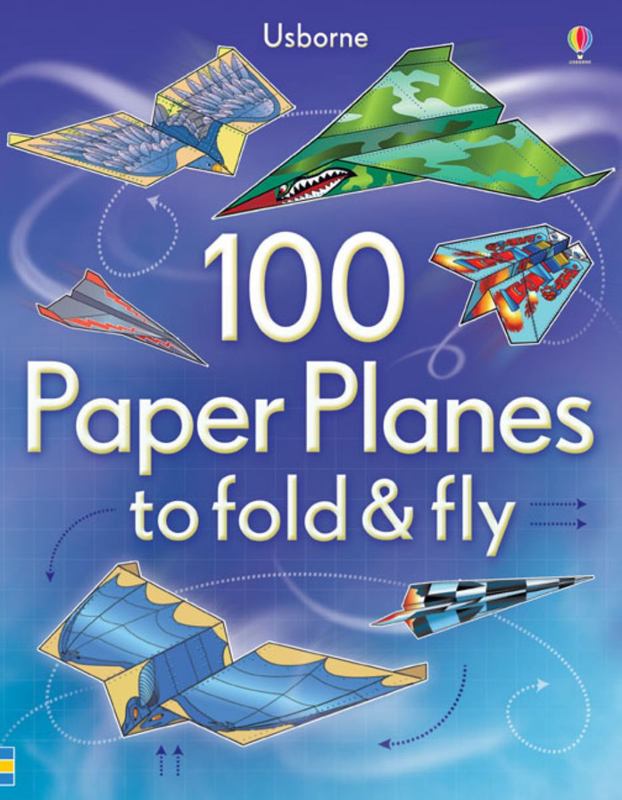
For the first time, the Allies had a fast, maneuverable, high altitude single engined fighter, that could escort their heavy bombers to anywhere in Germany. When introduced in larger numbers in early 1944, the Merlin engined Mustangs brought about a huge change in the daylight air offensive against Germany. Also it was incredible how it advanced from it early stages to what it became at the end of the war, 24 marks and many more sub versions in 6 years! German ones were reliable and had an excellent dive but in dogfights spitfire had the upper hand, french, Russian and Japanese planes aren't even worth putting on this list as they had major flaws, and the french were out of the war early on. american planes were usually slow and sluggish. This plane was definitely the best prop plane of WW2, combining agility, fire power and a powerful engine. The Mk 24 May we'll have had a huge performance edge, but it's impact wasn't huge because it wasn't needed as desperately as the Mk.

VIII was a superior fighting machine, BUT it wasn't available when needed. Geoffrey Quill himself has stated the Mk. For me the best Spitfire was the Mk 9 because it (just) matched or slightly exceeded the enemy threat of the time which was the early FW 190, but was easy to produce swiftly and in numbers whilst retaining the great handling of the earlier Mk's. An icon of hope and a true masterpiece of British engineering at its prime.Įach plane in Spitfire range had it's advantages/disadvantages and the evolution tended to mirror the needs of the time. Emerging from the murk of an era of biplanes, this is the signature plane of the battle of Britain, which paired with the exquisite almost 2000 horsepower griffon Rolls Royce engines really pulled through. He used this experience and knowledge of fast flying seaplanes to premiere a beautiful mobile and well flying plane, which is the only plane to have continued production from the start to the end of WWII. Mitchell designed this plane based on seaplane entrants for the Schneider cup, which he won. The horrific accident rates during the war shows the cost of young men in aircraft which were difficult to handle.
#WWW USBORNE QUICKLINKS COM FIGHTER PLANES FULL#
Result: Spitfires could perform well irrespective of who flew them, other types were often not being flown to their full potential, unless in the hands of an expert. Young inexperienced pilots (that's most of them) could fly the Spitfire to the limit with confidence, whereas with most other aircraft, only a really experienced pilot would dare to take his aircraft to the limit.

The Spitfire's wing design meant that it gave ample warning of a stall and, even when in a stall, the ailerons were still effective, so comparing statistics is not the whole story.


 0 kommentar(er)
0 kommentar(er)
